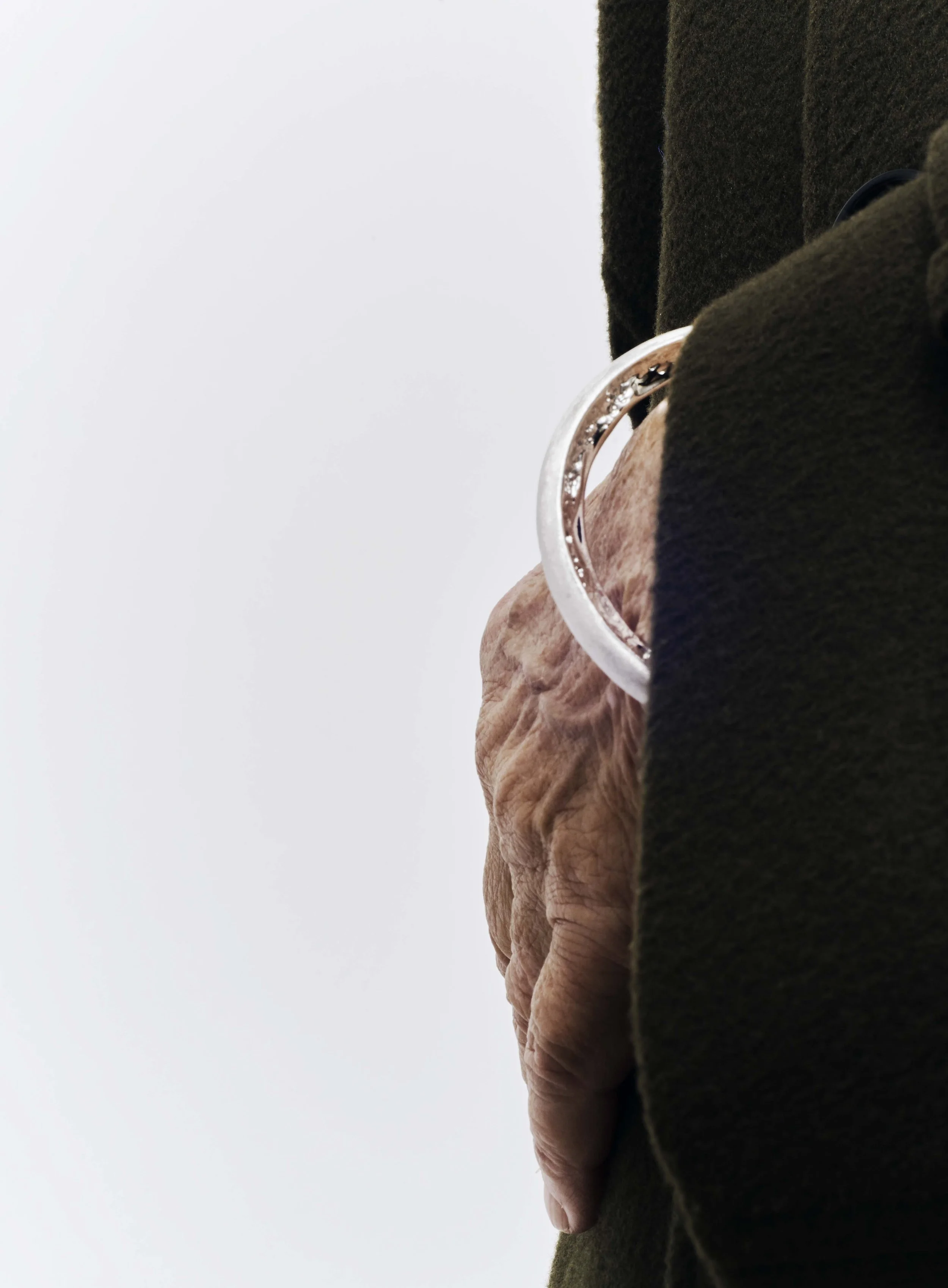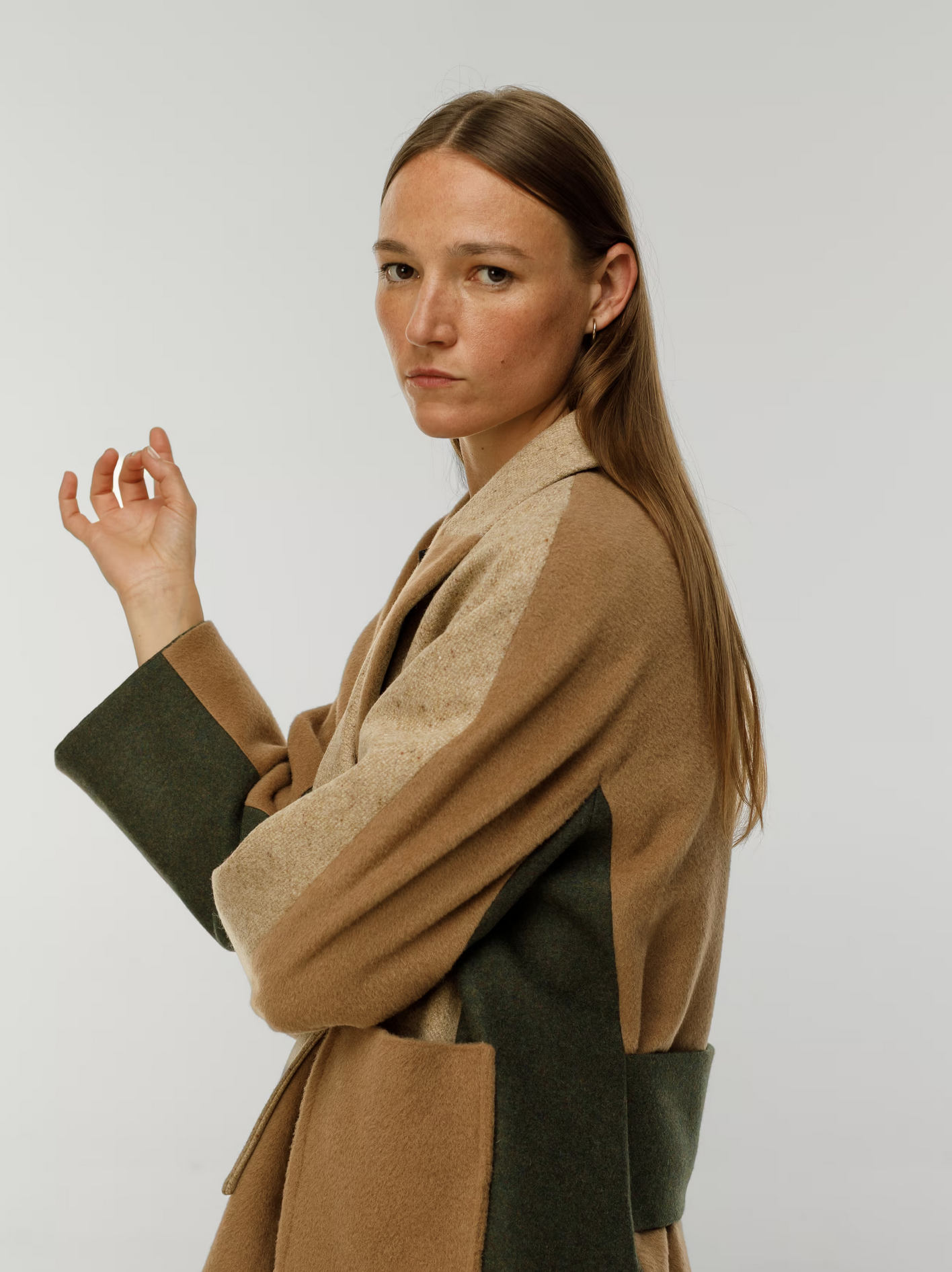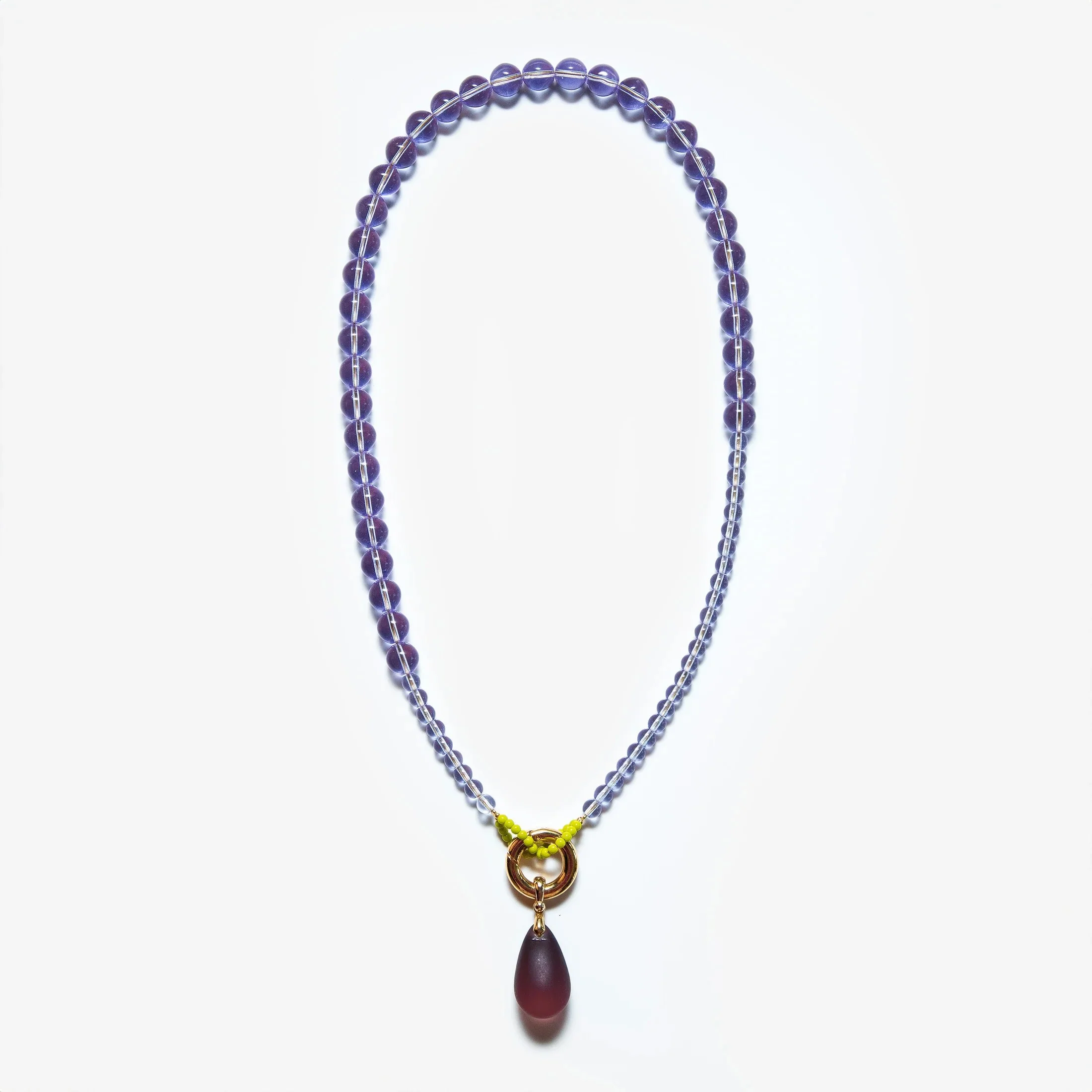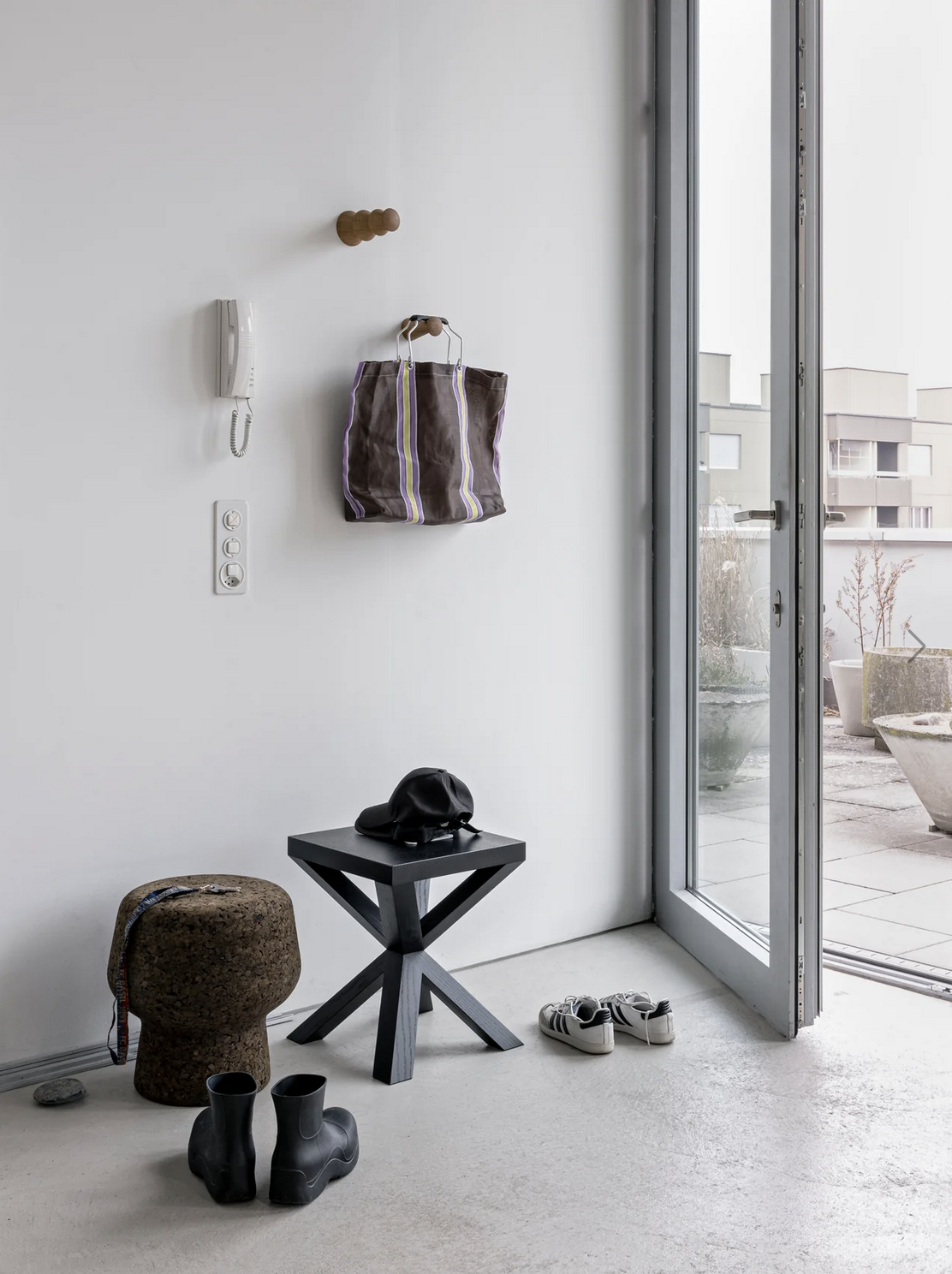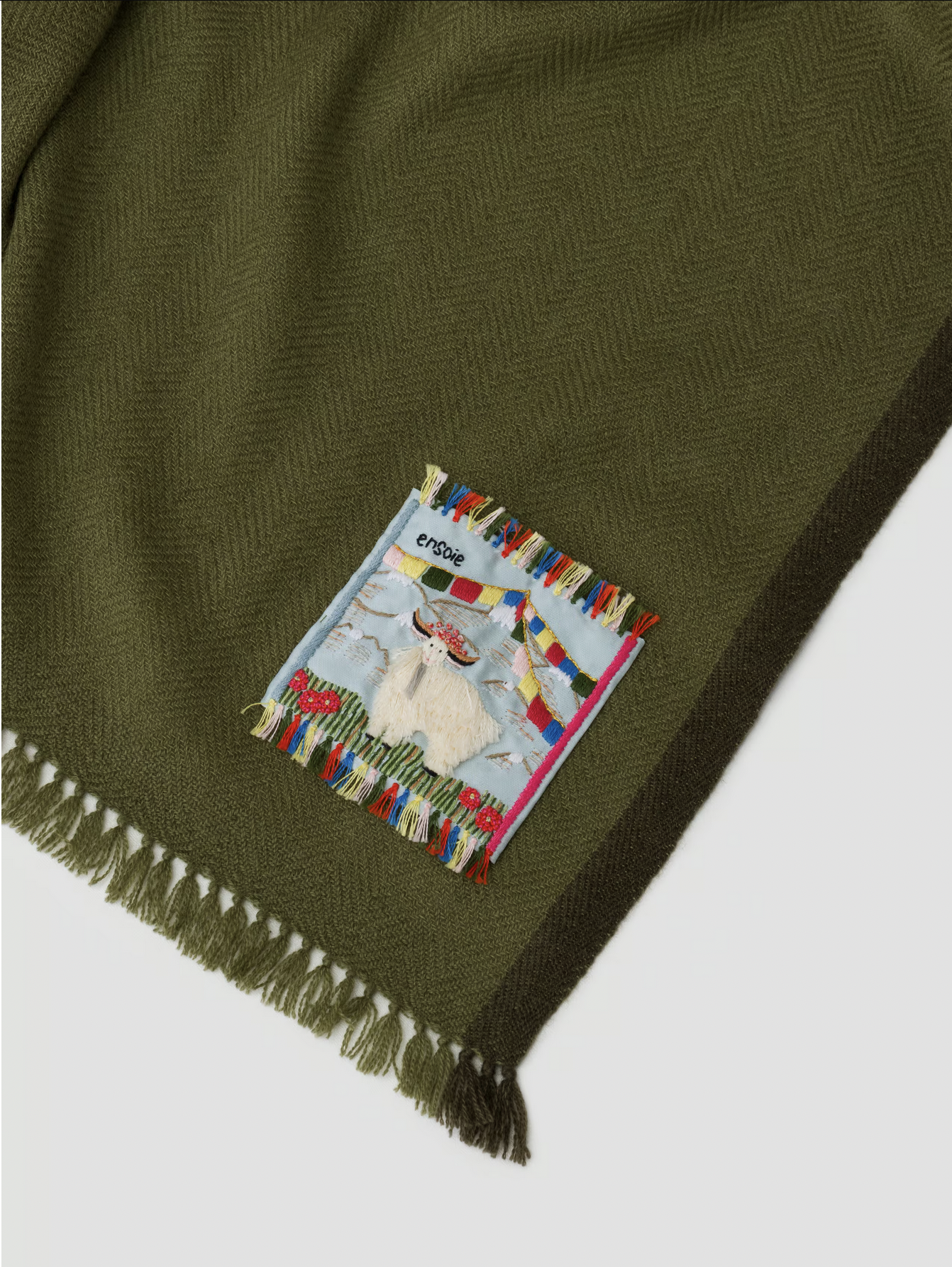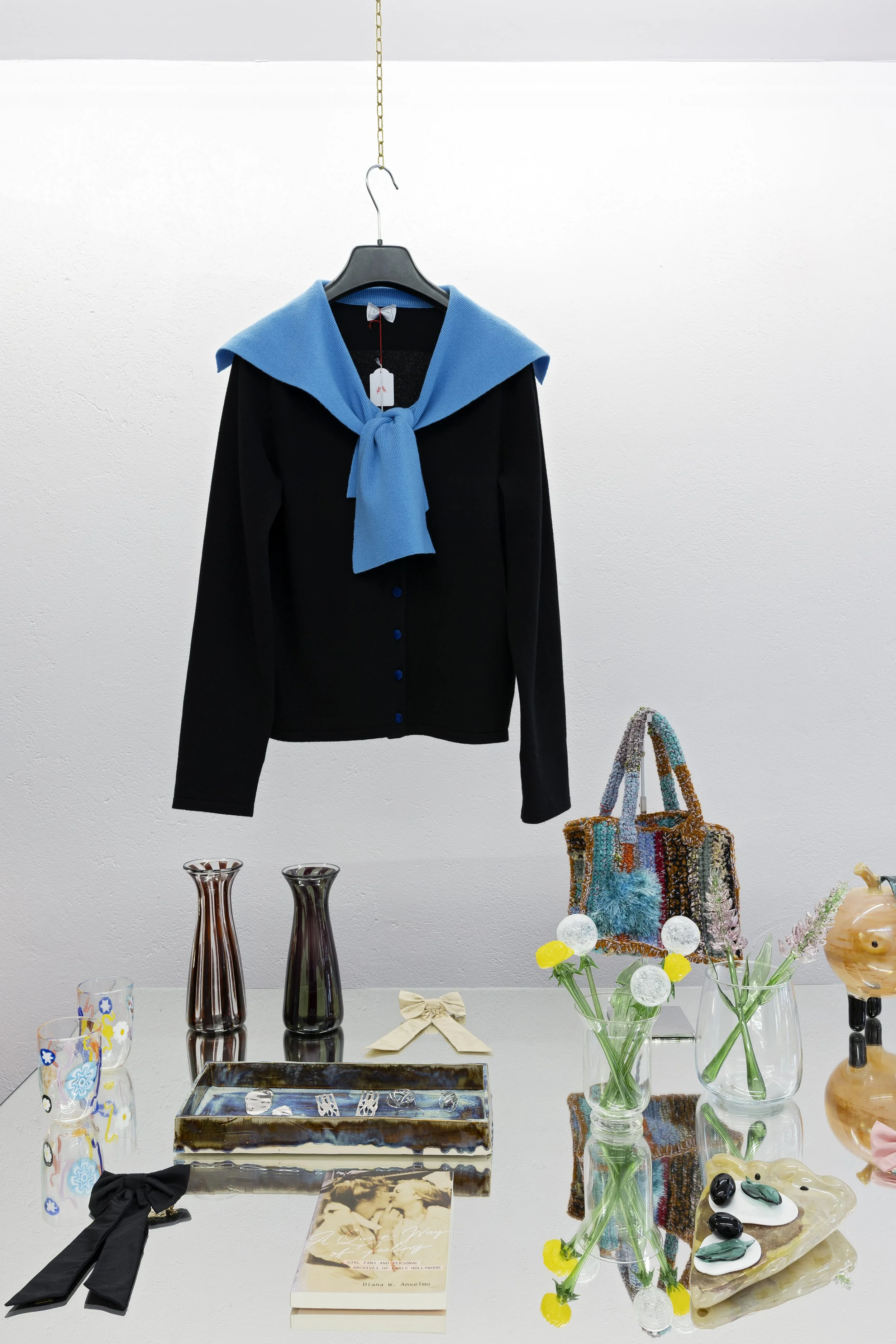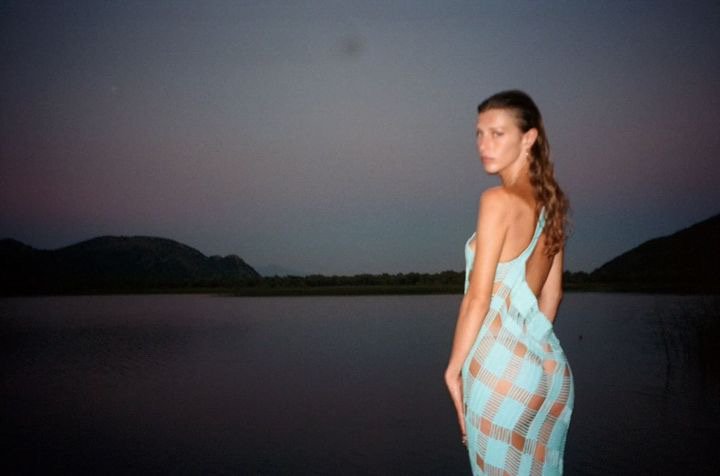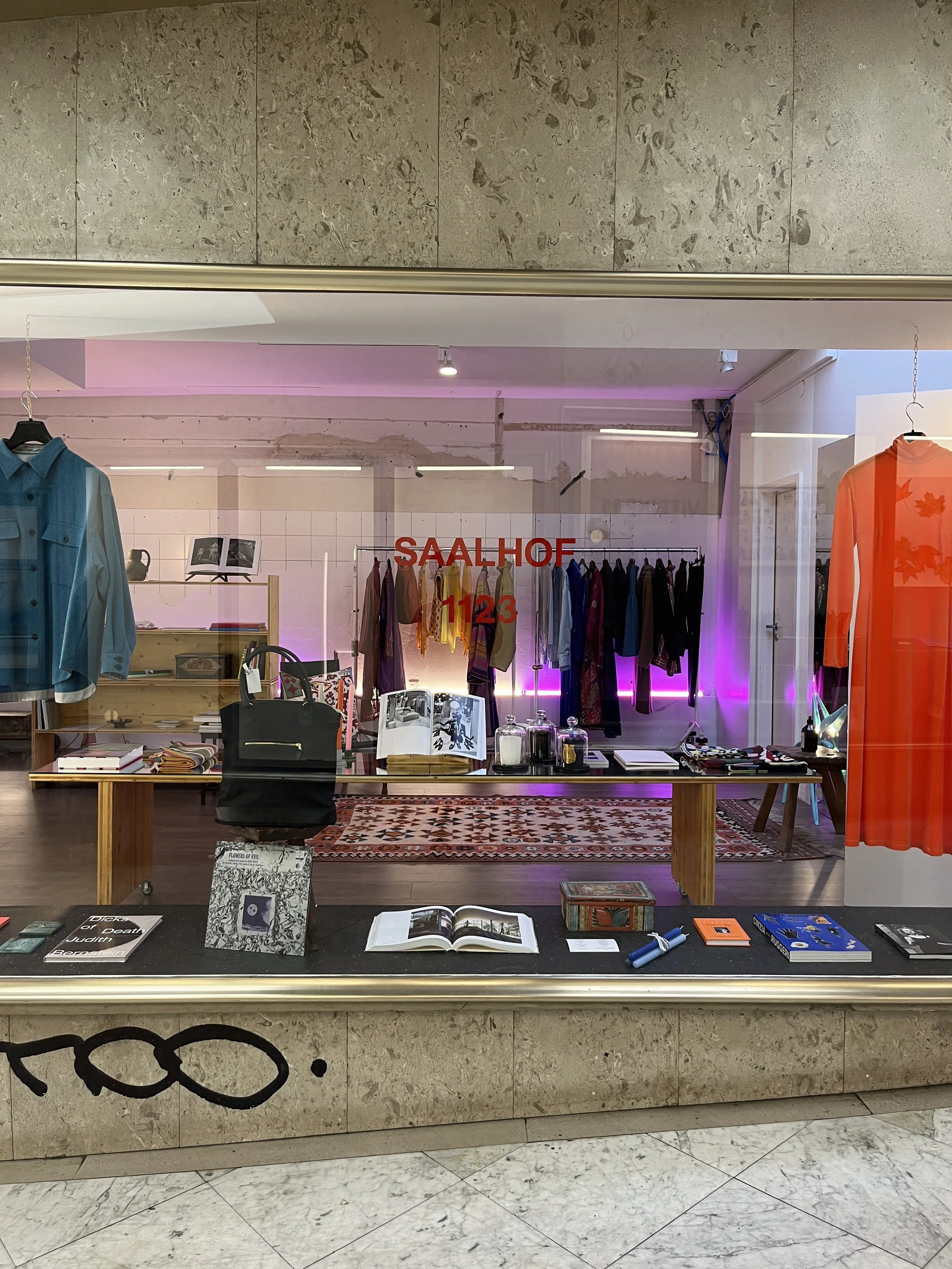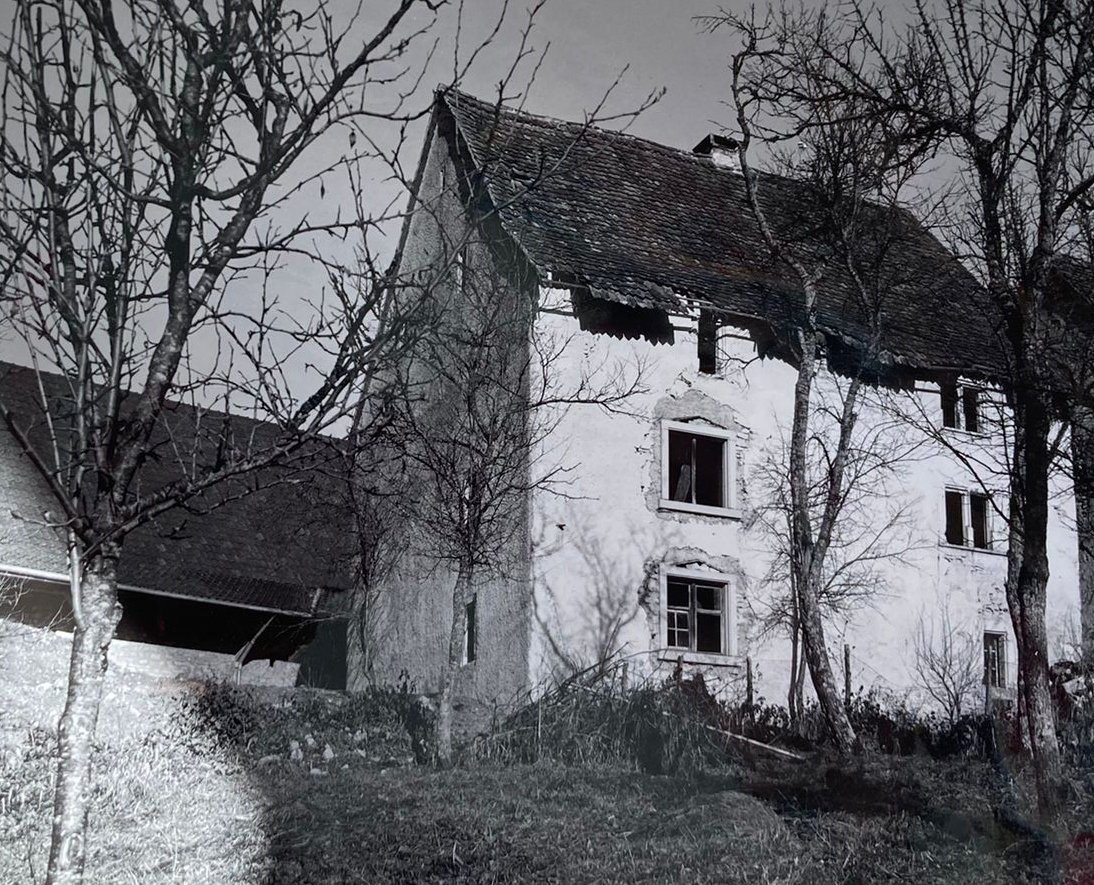MAISON METZGER | PREVIEW M1 COLLECTION | THURSDAY 18 DECEMBER 2025 | 17:00 – 20:00 |
MAISON METZGER | PREVIEW M1 COLLECTION | THURSDAY 18 DECEMBER 2025 | 17:00 – 20:00 |
maison metzger: Preview m1 collection
THURsday 18 DECEMBER 2025
17:00 – 20:00
SUNDAY SPECIAL: YAN JIANG STUDIO
14 DECEMBER 2025
13:00 – 18:00
bonjour les bijoux!
a selection of rare and exclusive vintage costume jewelry
FARG’ONA SALON
CENTRAL ASIAN DELIGHTS in SUPPORT of gulrukhsor centre for women
FRIDAY 05 & SATURDAY 06 DECEMBER 2025
tray away!
launch of new works by b4 Moebel and kinuta ceramics
thursday 27 november 2025, 17:00 – 19:00
kiln it!
new works by kinuta ceramics in store
we warmly welcome to saalhoF 1123:
objects and furniture by b4 moebel from basel
Holy moly!
ensoie 2025 holiday collection in store
TOBias Kaspar Duochrome
2025 Woolen winter blankets collection
ENSOIE AW 2025 est arrivée
alpaca, loden and leo now en boutique
LAUNCH SAALHOF 1123 COLLECTION BY AGLAGLA
Thursday 02 october
17:00 – 19:00
SHIMMERS FROM LAKE GENEVA
AGLAGLA
FROM THEIR BUILDINGS TO YOUR HOME
H&dM OBJECTS BY HERZOG & DE MEURON
autumns finest threads
ENSOIE 2025 CASHMERE COLLECTION
amalfi coast POSTcards
EMPORIO SIRENUSE CERAMICS FROM POSITANO
NEW STORE
spalenberg 27, 4051 Basel
Maison ensoie x saalhof 1123
VOILÀ C’EST L’ÉTÉ
until saturday 26 JULY 2025
ENSOIE
SUMMER COLLECTION 2025 | HERITAGE COLLECTION | ESSENTIALS
IN’N’OUT FRAGRANCES & MIGLE
AMBER89 EAU DE PARFUM
Flaka jahaj / studio passenger
LUANA bags and other candy
LEOROSA
COLLECTION V
PIEDÀTERRE VENEZIA SINCE 1952
MODIGLIANI AND MARY JANES IN NEW COLORS
Sonnhild kestler
Tales of monks, flying fish and green elephants
POLINA MOROZ
POLLEN LAMP
one night stand | 21 february 2025
saalhof 1123 @ P21 Gallery, Seoul
LA vie ensoie
01 november 2024 – 25 january 2025
FLAKA jahaj / studio passenger
I am a passenger
30 August – 12 october 2024
Laguna~B + méon/ Berard, cassidy toner, francesca albergo
heart of glass
10 june – 28 july 2024
Le dejeuner sur l’herbe
grand opening of new space
20 march – 31 may 2024
with contributions by
Akhmat Bikanov
Arienne Birchler
Edition Patrick Frey
Kinuta Ceramics by Sandra Sheckter
Laguna B
Passenger/ Flaka Jahaj
Sonnhild Kestler
Walter Pfeiffer
Thema Selection
Yàn Jiang Studio
Bruno Zhu
SAALHof 1123 | temporary space
rümelinspassage
4001 basel
07 december 2023 – 26 february 2025
SAALHof 1123 | temporary space
rümelinspassage
4001 basel
07 december 2023 – 26 february 2025
KÜNGOLD AND THE PALE KNIGHT
INAUGURATION OF SAALHOF 1123
30 SEPTEMBER – 01 OCTOBER 2023
SAALHOF, ALSACE, FRANCE
SCHEDULE:
Saturday 30 September 2023:
An evening in five acts
Prologue: The Journey
Act I: The Chapel
Act II: The Forest
Act III: The Garden
Act IV: The Pavillon
Act V: The House
Epilogue: The Sunset
Exhibitions open 15:00 - 22:00
with works and contributions by:
Karin Borer
Ligia Dias
Gina Folly
Vidya Gastaldon
Marc Jauss
Yàn Jiang Studio
Tobias Koch
Klaesi Holdener
Renée Levi
Polina Moroz
Cassidy Toner
Niels Trannois
Bruno Zhu
15:30 Performance by Tobias Koch
at Chapel “St. Joseph”, Chlösterli, Kleinlützel
16:00 A promenade to Saalhof
Led by Les chevaliers de Kiffis
Decent footwear is recommended
18:30 A Concert by 36birds
Sunday 01 October 2023:
Concerts champêtre
Exhibitions open 14:00 - 20:00
15:00 Concert by Chiasme
17:00 Nelson Beer presenting his performance JAZZ with Pablo Ulises Lienhard
Saturday 07 October &
Sunday 08 October 2023
Exhibition open 14:00 - 20:00
09 October - 12 November 2023
visits possible by appointment only
SYNOPSIS
The local myth “Sister Küngold and the pale knight” describes a tragic romance that is said to have happened in the year 1123 at the woman‘s monastery of Petit Lucelle. The legend touches eternal topics of the classical drama: such as the quest for love, the loss of it, spiritual awakening, catharsis and tragic fate. On another level, the saga is also a primary example of how historical, social, political and religious circumstances are described, transmitted and connected via oral history and mythology.
In this case, the folk tale‘s classic motifs are placed in an actual historical setting and reflect the tumultuous history of the region linked with Grand Lucelle Abbey. Founded in 1123 and for centuries Alsace‘s most powerful monastery, it survived the Plague, the Swabian and the Thirty Years wars until it was expropriated and destroyed during the French Revolution.
Today, merely a few ghostly remainders of this history are visible: the Chapel St.Joseph at “Chlösterli” (Small Monastery) next to a farm in what is today Switzerland, and, on French territory, a few empty buildings at former Grand Lucelle Abbey, along a road popular with motorcyclists and day tourists.
Hidden away on a sunny plateau above Petit Lucelle also still lies our house Saalhof, another outpost of Grand Lucelle Abbey. Surrounded by forests and cliffs, Saalhof served as a farm and refuge for Grand Lucelle’s monks during wars and revolutions for centuries until 1792, when it was destroyed, burnt down and partially rebuilt a few years later. Saalhof‘s meter-thick walls, a sturdy, almost rectangular but four story tall shape, the eclectic distribution of tiny window openings and remains of renaissance pillars on facades are witnesses of its eventful history and function since 1123.
This is where in autumn 2023, 900 years later, we inaugurate SAALHOF 1123.
With a theatrical staging of works and objects by 16 international artists, designers and musicians, we invite you to join us on the eve of the harvest festival “Action de Grâce”, as we turn the page to write yet another chapter in Küngold and her pale knights myth.
Read the original saga from 1123 transcribed by Elisabeth Pfluger in 1984
Solothurner Dialekt in English
SAALHOF 1123
Saalhof is a former monastic country house and farm with a history reaching back 900 years. Once part of the Grand Lucelle Abbey founded in 1123, Saalhof lies secluded among vast fields and forests in the rocky limestone hills of the Jura Alsacien, France.
Inspired by the forms, materials and ornamentation of rural culture and traditions, by vernacular architecture and by nature, SAALHOF 1123 is a new curatorial initiative that challenges current formats such as studio, exhibition and gallery spaces and brings together concepts of traditional handicrafts, contemporary art, fashion and design.
In collaboration with artists, artisans and designers, SAALHOF 1123 produces precious utilitarian objects of all kinds and items of everyday necessity. With a strong interest in the interpretation of traditional and non-academic methods, historical archives and the almost forgotten, SAALHOF 1123 aims at a creation beyond the purely artistic, static object in favor of a production that may range from functional furniture to interior objects and clothing or from musical, to literary and spiritual practices.
The house, gardens and grounds at Saalhof serve both as a source of inspiration and narration, as well as providing a theatrical backdrop for stage-like displays in combination with nature, art and historical textiles and furniture.
Similarly to the presentations at Saalhof, temporary exhibitions and presentations are organised in specific architectural and urban settings.
By proposing a space for reflection, production, exhibition and exchange, SAALHOF 1123 addresses notions on how we want to live, work and consume today- in artistic and economical structures, in nature and urban settings, as individuals and in communities.
all images courtesy the brands, artists, collaborators
Frontal Image of Spalenberg 27: Tom Bisig


